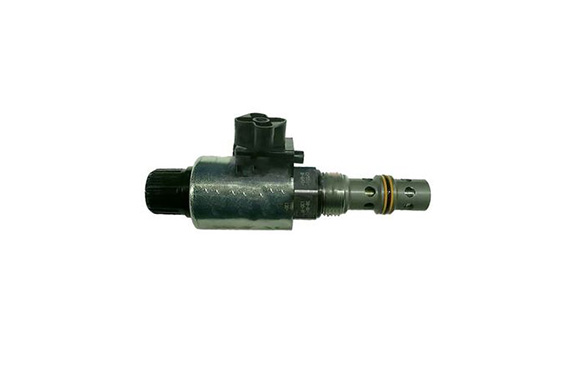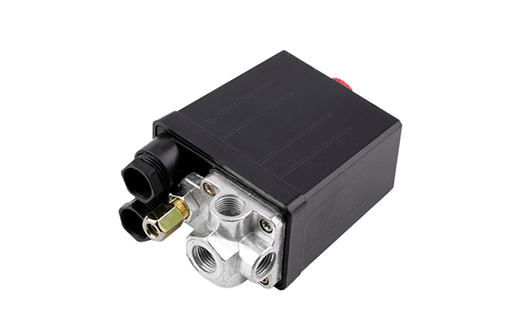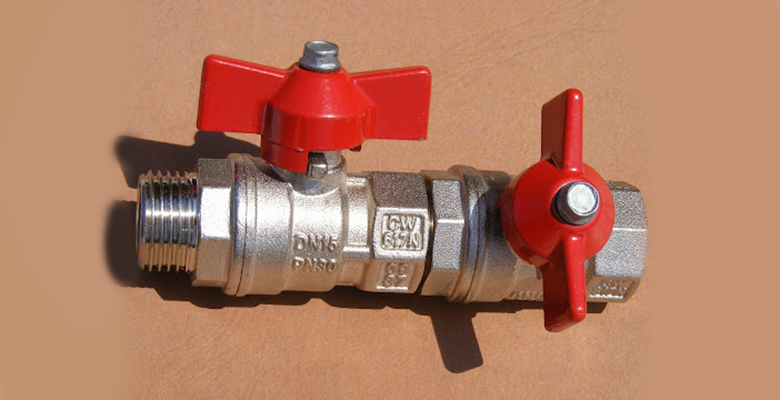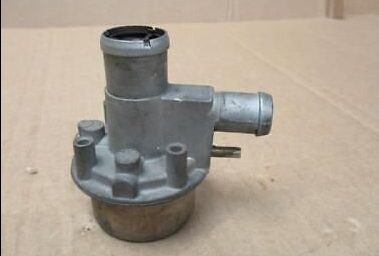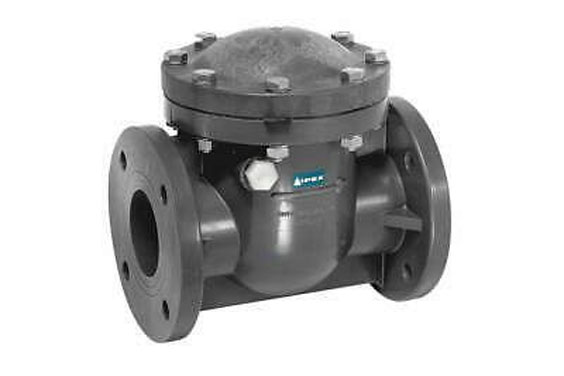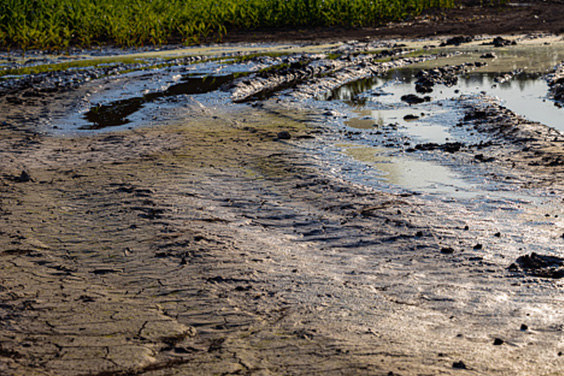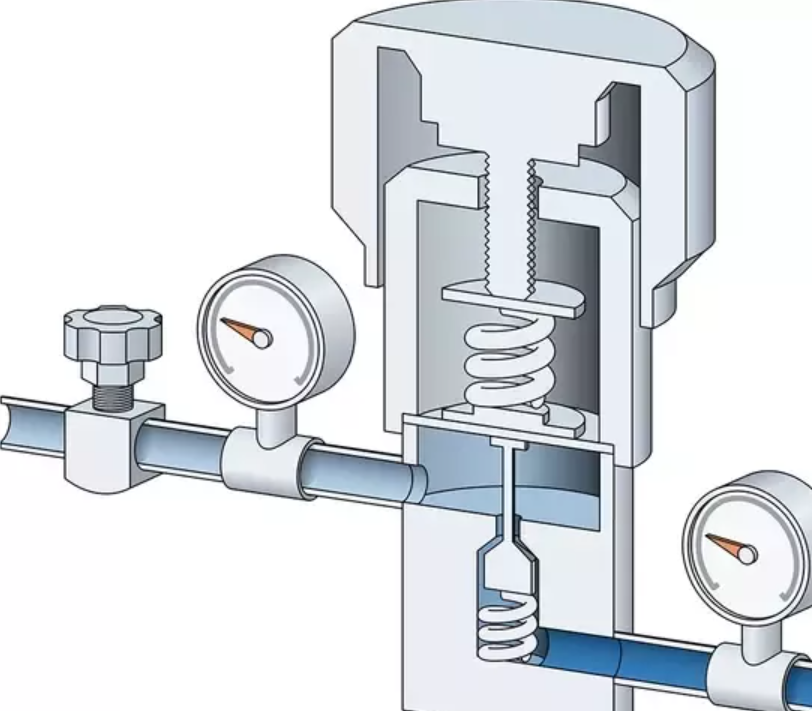Your sump pump is an important piece of equipment for your home, and it’s crucial to ensure that it’s in good working order. One way to help keep your sump pump running smoothly is to install a check valve. A check valve helps prevent water from flowing back up the pipe and into your sump pump, which can cause it to fail. Here’s how to install a check valve on your sump pump system.
How To Install A Sump Pump Check Valve
- Make sure your sump pump is off and unplugged.
- Remove the check valve from the sump pump.
- Cut out a section of the pipe that will allow you to fit the check valve in between two pieces of pipe on either side of the hole where it used to be installed.
- Now you can place the check valve in between the two pieces of pipe, making sure that it is facing down into the sump pit.
- Securely fasten it with hose clamps or any other means necessary, as long as it will not leak when water pressure is applied to it from inside of your sump pit.
- Once this is completed, you can reinstall your sump pump back into its original spot and plug it back in!
Where should a sump pump check valve be installed?
The check valve should be installed as close to the inlet of the sump pit as possible. This will help to ensure that water doesn’t flow back into the pit and damage the pump.
The check valve should also be installed in a vertical position. This will help to prevent any sediments from building up and clogging the valve.
Finally, make sure that the check valve is properly sized for your sump pump system. A too-small valve can cause problems, so it’s important to get the right size for your specific setup.
Is a check valve necessary on a sump pump?
There are actually several good reasons to install a check valve on a sump pump. First of all, it helps to prevent the backflow of water into the pit. This is especially important during a heavy rainstorm when the water level in the pit is likely to rise quickly.
Additionally, a check valve helps to keep the pump from working overtime by continually having to re-pump water that has flowed back into the pit. In other words, a check valve can help to prolong the life of your sump pump by preventing it from being overworked.
Ultimately, whether or not you install a check valve on your sump pump is up to you. But if you’re looking for ways to protect your investment and extend the life of your pump, a check valve is definitely worth considering.
Can you attach a check valve directly to the sump pump?
While it is possible to attach a check valve directly to the sump pump, it is generally not recommended. This is because the check valve can become clogged with debris, causing the pump to work harder and potentially overheat. Additionally, attaching the check valve directly to the sump pump can make it more difficult to service the pump in case of a problem.
It is usually best to install the check valve in the discharge pipe leading from the sump pit, between the pump and any bends or elbows in the pipe. This will help to keep the check valve clean and working properly.
When should a check valve be installed?
Check valves should be installed on all water lines that connect to the public water supply. They should also be installed on any lines that carry sewage or other contaminated water. In addition, check valves should be installed on any lines that are subject to backpressure. By following these guidelines, you can help to ensure that your plumbing system is safe and effective.

